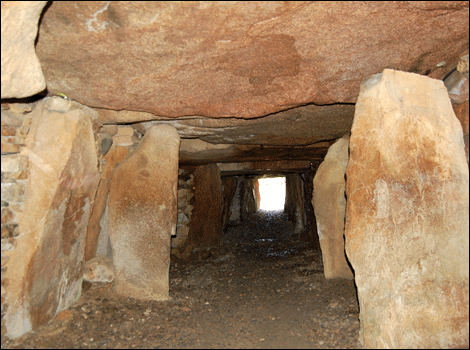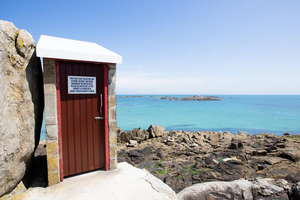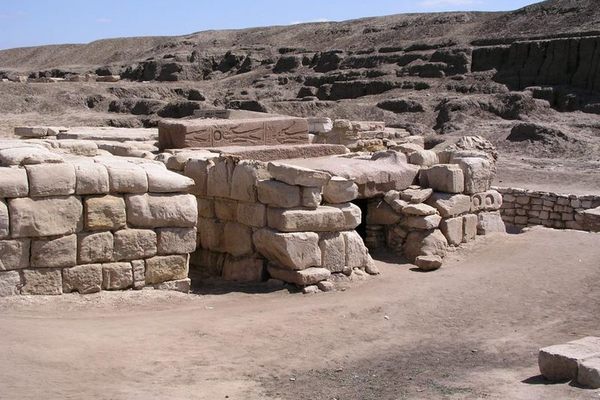About
Although it has long since been appropriated by two Christian chapels, La Hougue Bie was at one time the site of a vastly different set of spiritual rituals, dating back to 3500 BCE.
Hougue is derived from an Old Norse word meaning mound, and seems apt to describe the man-made hill rising from the earth. As with most Neolithic sites, the details surrounding its use are unclear. However, archeological work in the area has discovered that the site was likely used for ceremonies, and some ancient burials.
Although it was not used primarily for burials, the site is one of the most well-preserved passage graves in the world. Passage graves were constructed out of giant stones forming a crawl space through a mound of earth. They are found extensively through Europe, but are not usually as well-preserved as La Hougue Bie.
The passage grave is similarly fascinating in that it is oriented to receive the sun's rays and illuminate the farthest recesses of the chamber on the two equinoxes. A few vases were also found in the passage, but without any more information to better understand how it was used and by whom, the 62-foot passage remains a great mystery.
With the addition of the two chapels in the medieval period on top of the mound, the site walks visitors through the history of spirituality in Western Europe, and is a fantastic example of pagan sites co-opted by later Christianity.
In the Chapel you can see the faded image of fresco paintings of angels over the alter, these were believed to have been painted in the 14th century, unfortunately they were over painted by the victorians in the 19th century.
Related Tags
Know Before You Go
Liberty Bus stops right at the gate
Community Contributors
Added By
Edited By
Published
December 6, 2011






























